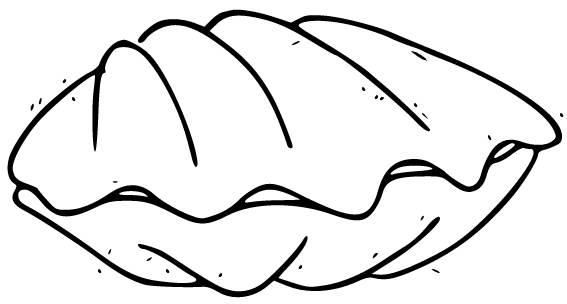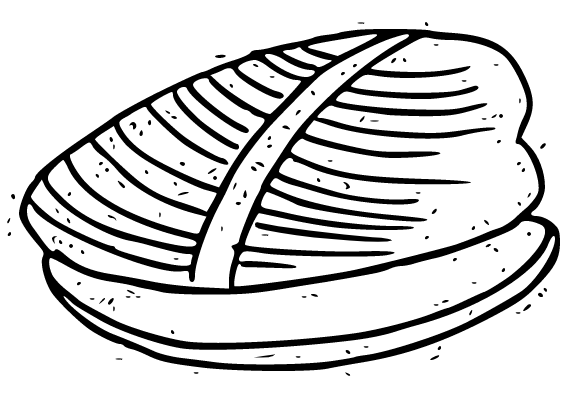-

-
The Discerning Mollusk's Guide to Arts & Ideas
-


Lilies on the Deathbed of Étaín and Other Poems
Oisín Breen
Beir Bua Press, Jan 2023; reissued Downingfield Press, Nov 2023
OWhen I went to the crematorium, I saw him,
Godstruck
And his was the face of God,
And that lamenting voice, his too
That song of skin sung to the pilgrim’s heady melody.
isín Breen is not a poet shy of recapitulating his national poetic and literary tradition—he imbues this collection with a uniquely Irish melodious cadence and draws heavily upon the riches of Irish mythology, which he sprinkles into almost every stanza. In a way, these poems become ballads, a story set to a music that seems to have been passed down through generations but is made anew every time a new voice joins in. Though Breen’s words are written, the balladic nature of this work makes it seem to exist outside of codification, in a place where new meanings can still seep in.
In the introduction, Breen emphasizes the theoretical underpinnings of his work, commenting on how he studies “the relationship between the complexity paradigm and narratology” at the University of Edinburgh as a PhD candidate. If, in reading that statement, you asked, what the hell does that mean, I want you to know that I asked myself the same question. As far as I can tell, it means he’s trying to find where the idea of “even in chaos, there is order” intersects with how we frame narratives and use narrative language to express internal thought processes. In other words, how do we capture our thoughts, which can be sporadic and temperamental and jumbled to the point of confusion, in a way that reveals a shared meaning.
I think.
And if that was the author’s intention, I think he’s captured it in an interesting way. There is a lot of stream-of-consciousness poetry out there and this isn’t that. There is an explicit story or scene. But there isn’t a straightforward arc. Rather, this writing mirrors another famous Irishman, James Joyce, and fluctuates between the narrative voice(s) and time. These techniques can be jarring in less skilled hands but Breen manages to pose these moments in opposition to each other so that when we read:
He fell.
Motherless.
Motherless.
He fell.
And I have never seen anything so beautiful.
we are unsure if the ‘he’ and the ‘I’ are distinct personalities, or in fact that same person.
In work that is so heavily imbued with references that are probably not too well-known outside of Ireland (Who is Étain? Answer without Googling), the reader will enjoy its sonic quality, how it complicates identity, and the inherently symbolic nature of each piece. Lilies, for example, placed on a deathbed are a really interesting choice, given their role in Easter and the idea of rebirth. The apostrophe in the central poem is made to a preternatural holy woman, a creator, who is surrounded by “bright red fruit”, from whom Christ is “cleaved”, “a forest flush with birth”. Her absence is counterbalanced by the vivid and original descriptions that make her omnipresent in the speaker’s, and thus the reader’s, mind. So do not let unfamiliarity with Irish folklore deter you—the highlights here crown a beautiful collection whose magic lies within its language, its feeling, and its song.
This wet soil, from which I fashioned you a sleeping coat,
It is heavy with meal-worms.
This heat of yours, it will fire my body,
This instrument of lilies.

Jesi Bender is an artist from Upstate New York. She helms KERNPUNKT Press, a home for experimental writing. She is the author of KINDERKRANKENHAUS (Sagging Meniscus 2021) and The Book of the Last Word (Whiskey Tit 2019). Her shorter writing has appeared in The Rumpus, Split Lip, Adroit Journal, and others. www.jesibender.com